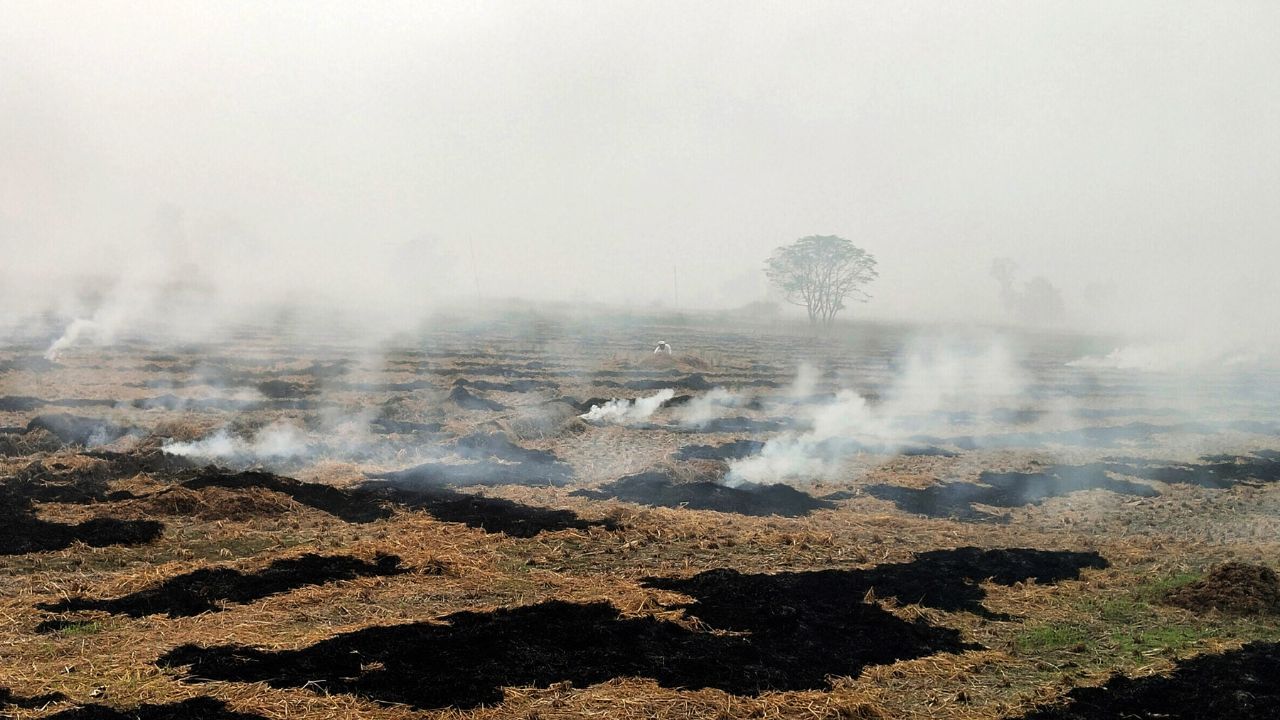Air pollution in Delhi NCR has reached lethal levels. In such a situation, even more frightening news has come out from Punjab. In which it has been told that the highest number of cases of stubble burning this season has been reported in Punjab on Monday in a single day. According to the data released by the Remote Sensing Centre, 1251 incidents of stubble burning took place across Punjab on Monday. Earlier, on November 8, the highest number of cases of stubble burning were reported in which a total of 730 cases were involved.
This year, a total of 9,655 cases of stubble burning have been reported in Punjab from September 15 to November 18. Talking about statistics, maximum cases of stubble burning have occurred at 247 places in Muktsar district of Punjab. After this, 49 cases have been reported in Moga, 130 in Firozpur, 129 in Bathinda, 94 in Fazilka and 88 in Faridkot. However, it is a matter of relief that the cases of stubble burning that have been reported so far this year have seen a reduction of 71 percent as compared to last year.
How is the situation compared to 2023?
Talking about the year 2023, till November 18, 33,719 cases were reported across Punjab. Talking about 2022, 48,489 cases were reported. If we look at the cases of stubble burning in the last three years, there is a continuous decline in them. However, cases of stubble burning are not being completely controlled. Talking about 18 November 2023, 637 cases of stubble burning were reported.
Why do we burn stubble?
Paddy is cultivated in most of the areas in Punjab, hence when paddy is harvested in October-November, the farmer burns the stubble left in the field during this time to get rid of it quickly. The reason behind this is that the farmer has very less time to sow Rabi crop wheat. The data showed that there was a 26 percent decrease in stubble burning cases in 2023 compared to 2022. This year too, there is a decrease in the cases of stubble burning as compared to last year.





